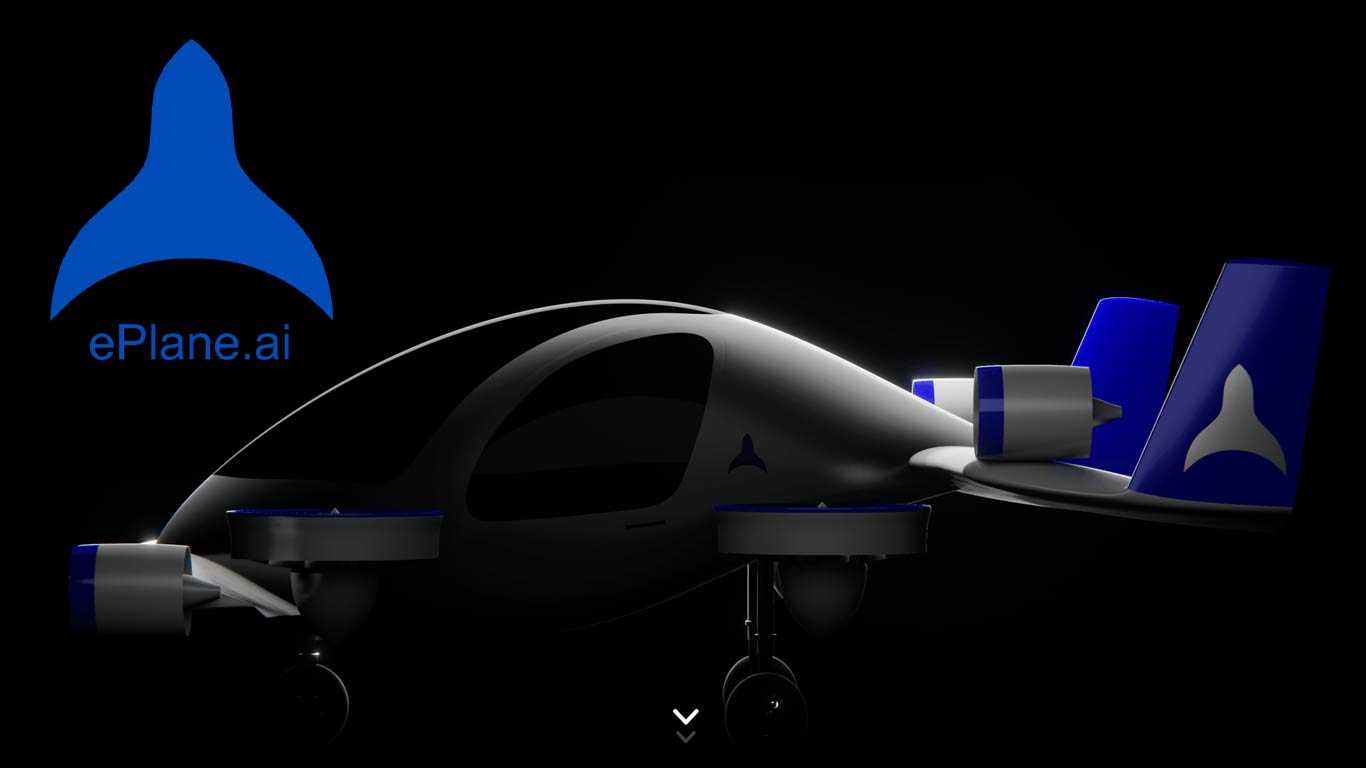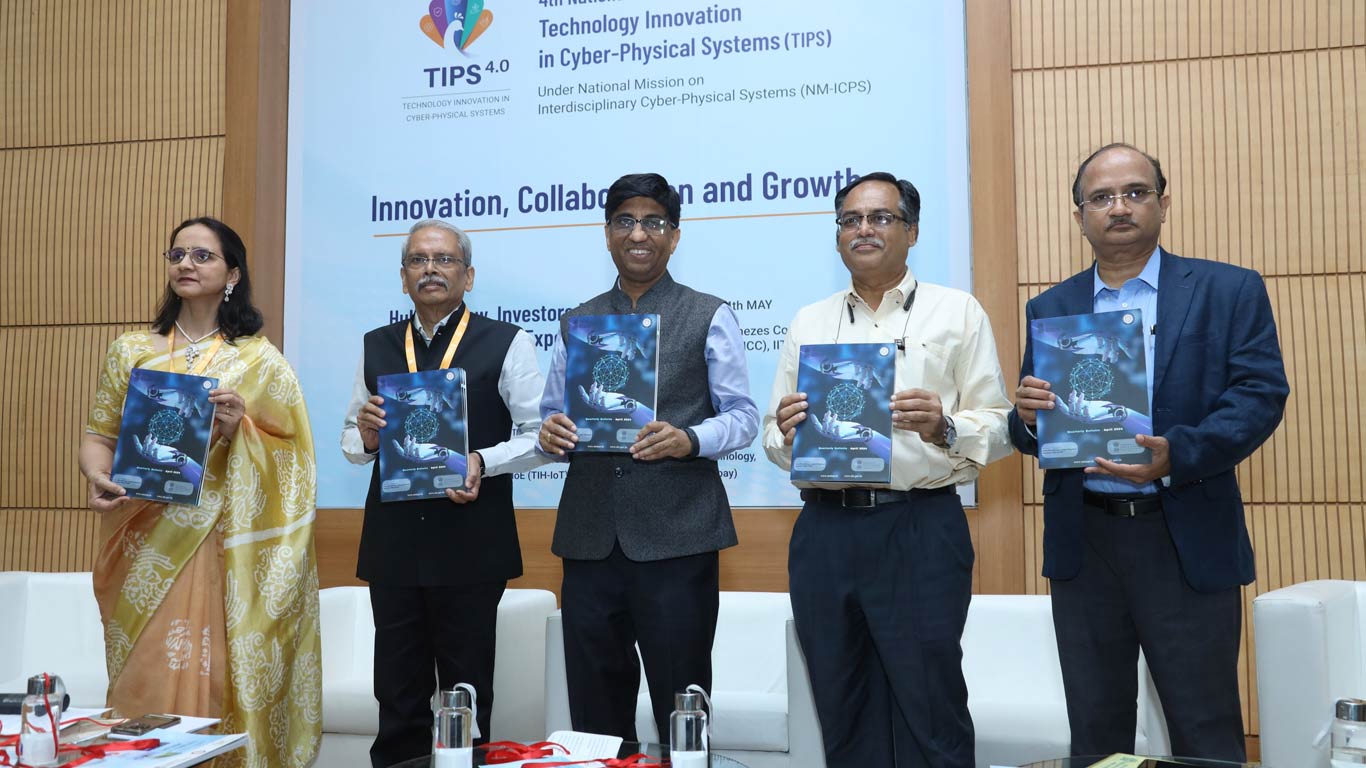Chennai-Startup The ePlane Eyes Electric Air Taxi Prototype By March 2025
Updated: Apr 29, 2024 12:38:53pm

Chennai-Startup The ePlane Eyes Electric Air Taxi Prototype By March 2025
Chennai, Apr 29 (KNN) A Chennai-based startup, The ePlane Company, is making significant strides towards introducing flying electric taxis in India's congested cities.
Incubated at Indian Institute of Technology (IIT) Madras, the company aims to unveil a certifiable prototype of its three or four-seater electric Vertical Takeoff and Landing (eVTOL) aircraft by March 2025.
“By March next year, we expect to develop the first certifiable prototype,” stated Satya Chakravarthy, Founder and CEO of The ePlane Company. “However, it will take an additional couple of years to secure certification from the Directorate General of Civil Aviation (DGCA),” he added.
The startup envisions its ePlanes alleviating urban congestion by offering rapid air travel within cities. According to their website, an ePlane journey covering a distance that would typically require 60 minutes by personal vehicle would take a mere 14 minutes.
While working towards the ambitious flying taxi project, The ePlane Company is also preparing to commercialise its drone technology in the coming months.
These drones will be capable of carrying payloads ranging from 2 to 6 kilograms and up to 50 kilograms, with a flight range of 40 to 60 kilometres.
The ePlane Company is not the only player in India's emerging urban air mobility sector. InterGlobe Enterprises, the parent company of India's largest airline IndiGo, has partnered with US-based Archer Aviation to launch an all-electric air taxi service in 2026.
This service aims to transport passengers between Connaught Place in New Delhi and Gurugram in just 7 minutes, a journey that currently takes over an hour by road.
As the European Union Aviation Safety Authority (EASA) has formulated regulations for eVTOL aircraft, the stage is set for electric air taxis to become a reality.
While challenges such as safety concerns, regulatory complexities, and integration with existing transportation systems remain, the EASA anticipates these innovative aircraft could become a common sight in urban skies within the next 5 to 10 years.
(KNN Bureau)











